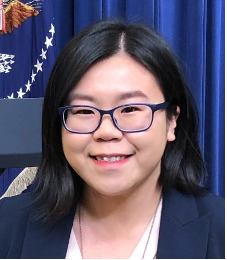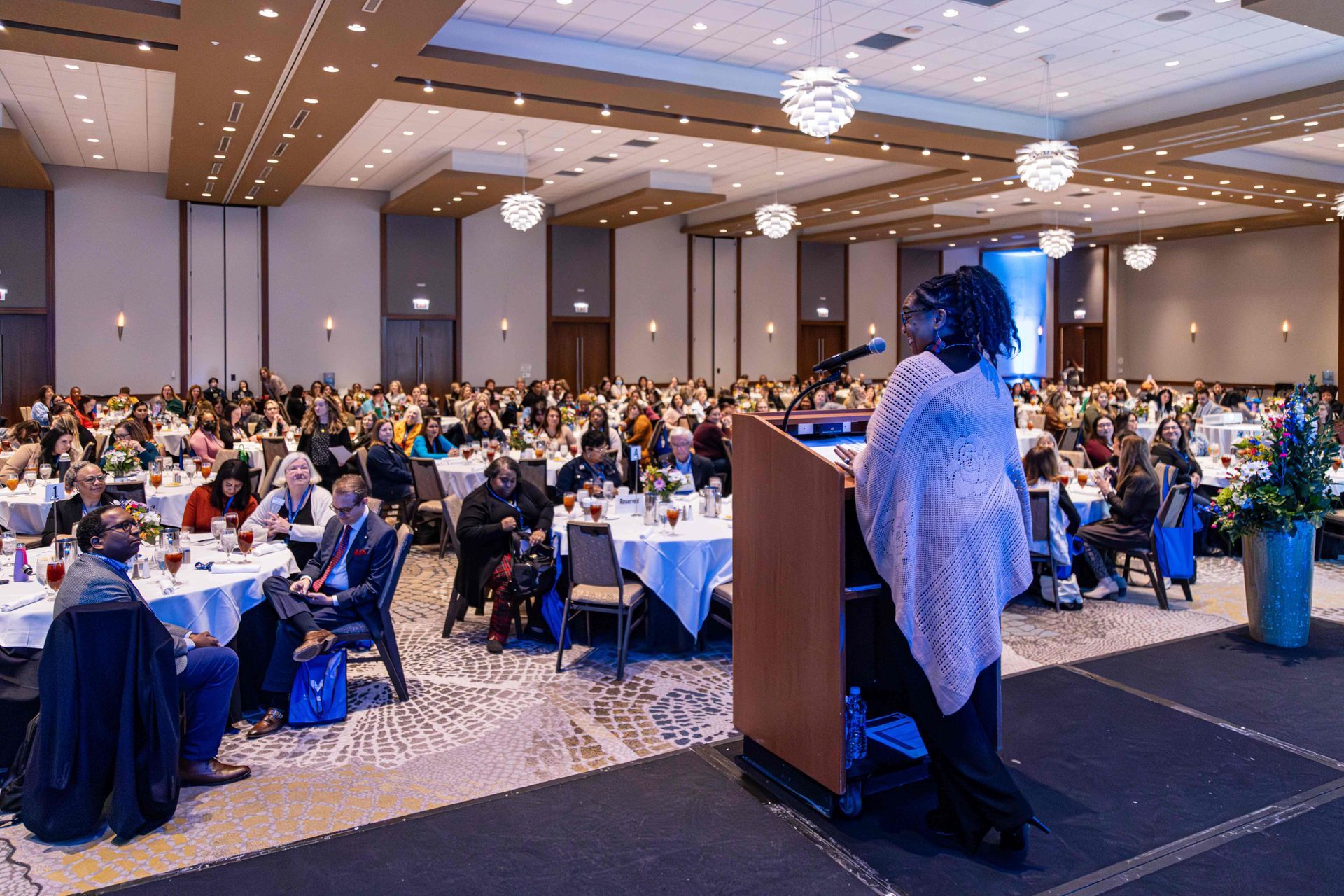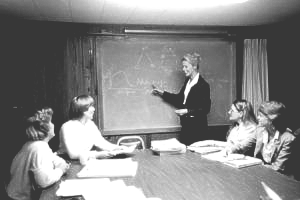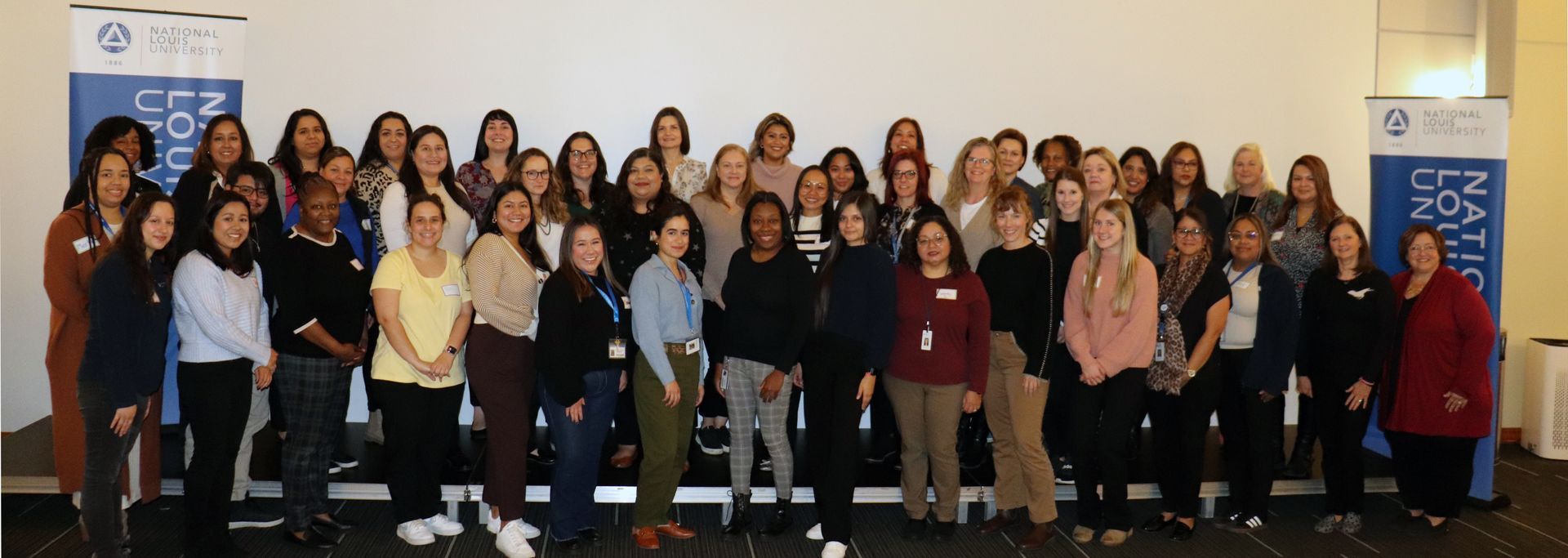BY | January 30, 2018
National research organization features McCormick Center’s L.E.A.D. Clearinghouse
Editor’s Note: The post below was originally featured in a weekly newsletter from the National Institute of Early Education Research (NIEER). In the write-up, Research Project Coordinator Kaitlin Northey discusses the L.E.A.D. Early Childhood™ Clearinghouse, created by the McCormick Center.
What We’re Reading:
Closing the Early Ed Leadership Gap
By: Kaitlin Northey, NIEER, Research Project Coordinator
The siloed nature and complexity of the early childhood field has made collecting workforce data challenging. Most efforts have focused on the frontline workers and overlooked the field’s leaders (e.g., National Survey of Early Care and Education, 2012).
The 2015 publication, Transforming the Workforce for Children from Birth through Age 8, called for a unified effort to increase the capacity and competency of early childhood leaders, and the Leadership Education for Administrators and Directors (L.E.A.D.) Early Childhood Clearinghouse has been an important step toward that goal.
The Clearinghouse recently published Closing the Leadership Gap: 2017 Status Report on Early Childhood Program Leadership in the United States focused on program administrators (directors of early childhood centers, elementary school principals, and family child care providers) using multiple data sources to learn more about the leaders and policies in each state.
The report assigns each state an overall policy lever score and provides average scores for five different policy levers:
- Administrator Qualifications in Child Care Licensing;
- Administrator Credential;
- Principal Licensure;
- Administrator Qualifications in QRIS;
- and Administrator Qualifications in State Pre-K Programs.
Each state’s profile also includes details such as the number of leaders and their average salary, degree programs available, and the number of early childhood academies. The website features an interactive map displaying the density of child care directors by county in selected states, along with the policy lever rubric, and links to the data sources.
This report, an excellent first step in identifying site-based early childhood leaders and the leadership programs available in each state, provides a foundation for future research and entry points for state policymakers interested in improving the capacity of their early childhood leadership.
The report also offers a glimpse into the rich data already present in the Clearinghouse. For example, a National Profile section includes administrators’ demographics—information not typically included in reports of early childhood workforce data.
A good next step would be enabling users to view data by sector, making it easier to spot—and address—gaps in data collection to, eventually, provide a more accurate portrait of early childhood leaders.





